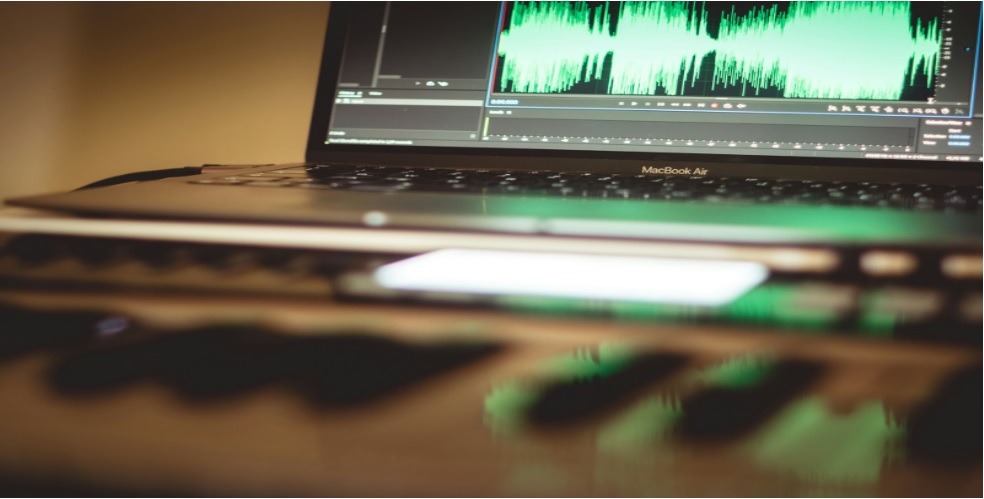The versatile and often misunderstood art of creating sound effects
The Misunderstood Magic of Sound Effect Design
Professional sound effects are high-quality audio clips specifically crafted or recorded to be used in various media productions, including films, television shows, video games, theater productions, podcasts, and more. These sound effects are created, recorded, and edited by sound designers and audio engineers who ensure that each effect meets the highest standards of clarity, fidelity, and suitability for professional use. The term “professional” underscores the quality, versatility, and meticulous process involved in capturing and producing these sounds, distinguishing them from amateur recordings or lower-quality audio clips.
A Step by Step process
Understanding the importance of professional sound effects requires delving into the intricacies of sound design, the role of sound in media, and how these effects contribute to the overall viewer or listener experience. Sound effects are not merely background noise; they are crucial components that enhance the realism, mood, and emotional impact of media content. For instance, the sound of footsteps can heighten tension in a suspenseful scene, while the gentle sound of waves can evoke a sense of calm in a serene setting.
The creation of professional sound effects involves several stages, starting with the conceptualization phase. Here, sound designers collaborate with directors and other members of a production team to understand the needs of the project and the specific sounds that will best complement the visual elements. This collaborative process ensures that the sound effects contribute meaningfully to the narrative and emotional arc of the production.
Next comes the recording phase, where sound designers capture the required sounds using high-quality recording equipment. This can involve field recordings, where audio engineers record sounds in their natural environments, or foley artistry, where sounds
are recreated in a studio setting to mimic real-life sounds accurately. For instance, the sound of rain may be recorded on location during a storm, while the sound of a character walking on gravel might be recreated by a foley artist in a studio. The choice between field recordings and foley depends on the specific requirements of the project and the desired authenticity and control over the sound.
After capturing the sounds, the editing and processing phase begins. During this stage, audio engineers use advanced software tools to edit the sounds, remove unwanted noise, adjust levels, and apply effects to achieve the desired quality and characteristics. This meticulous editing process ensures that the sound effects are clear, crisp, and ready for integration into the final production.
Professional Use

Professional sound effects must also be versatile and adaptable to fit various contexts and projects. To this end, sound libraries often offer multiple variations of a single effect, recorded at different distances, from various angles, or with different intensities. This versatility allows sound designers to choose the perfect version of a sound effect that best matches the scene’s requirements, enhancing the authenticity and immersion of the media content.
Moreover, professional sound effects are carefully categorized and tagged with descriptive metadata in sound libraries or a sound effects website, making it easier for users to find and select the precise sounds they need for their projects. This organization is crucial for efficiency and creativity, enabling sound designers to quickly access a vast array of high-quality sounds.
The significance of professional sound effects extends beyond their functional role in media productions; they contribute to the storytelling process, providing auditory cues that complement the visual narrative and engage the audience’s senses more fully. Sound effects can subtly influence viewers’ perceptions and emotions, guiding their responses to the unfolding story. For example, the sound of a door creaking open can instill a sense of foreboding, while the cheerful chirping of birds can signify a new beginning or a happy resolution.
As a storytelling device

In addition to enhancing narrative and emotional depth, professional sound effects also contribute to the creation of immersive worlds, especially in video games and virtual reality experiences. In these interactive mediums, high-quality sound effects are crucial for building a believable and engaging environment, where players feel fully immersed in the game world. The footsteps of an approaching enemy, the rustling of leaves in a virtual forest, and the roar of engines in a racing game are all examples of how professional sound effects can create a more vivid and immersive experience.
The use of professional sound effects is also a testament to the attention to detail and the commitment to quality that distinguishes professional media productions. These sound effects are a critical element of the audio-visual language of media, adding depth, texture, and realism to the creative work. As technology continues to advance, the possibilities for creating and integrating sound effects into media are expanding, allowing sound designers to explore new ways to enhance storytelling and audience engagement through sound.
Professional sound effects are not merely ancillary elements but are integral components of media productions that enhance storytelling, evoke emotions, and create immersive experiences. The process of creating these effects involves a combination of artistry, technical skill, and collaboration, resulting in high-quality audio clips that meet the exacting standards of professional media projects. As media continues to evolve, the role and impact of professional sound effects are likely to grow, underscoring their importance in the art and science of sound design.





